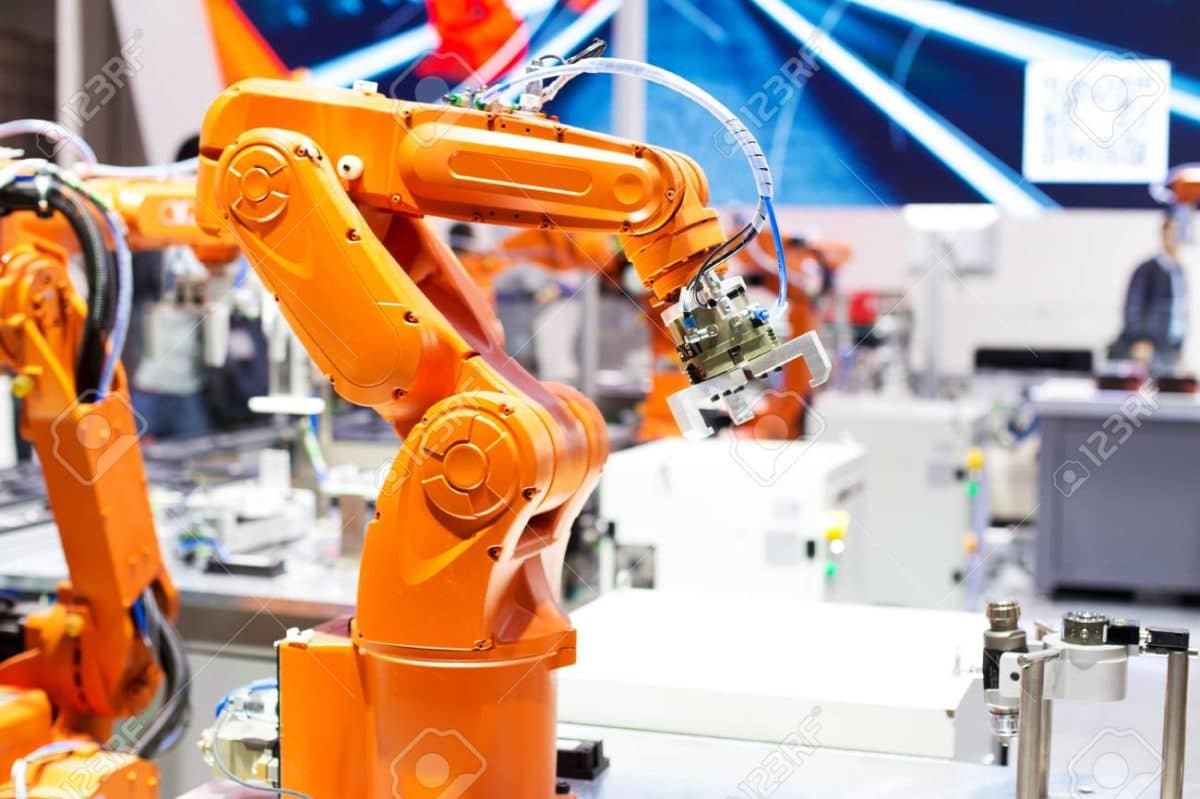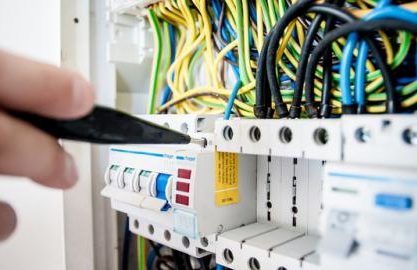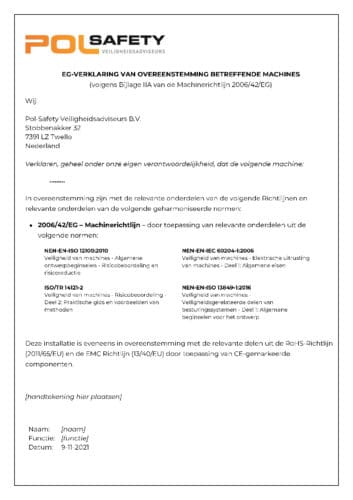Machinery Directive 2006/42/EC
The Machinery Directive is probably the best known CE Directive in existence. In annex I the directive specifies a large number of minimum essential safety requirements with which machinery must comply. When assessing a machine against the machine directive, all these requirements must be checked to determine whether the intended machine complies.

Step-by-step approach for CE marking on the basis of the Machinery Directive (2006/42/EC)
A practical step-by-step plan for obtaining CE marking on the basis of the Machinery Directive consists at least of the following aspects:
- Checking the machine against the essential health and safety requirements in annex I of the Machinery Directive, including recording of this check;
- Checking whether there are specific C standards that are applicable to the machine;
- If C standards are applicable to the machine: testing of the machine against all relevant clauses of the standard and recording of this;
- Performing a risk assessment according to EN-ISO 12100 | Safety of machinery – General design principles – Risk assessment and risk reduction;
- For process installations, a process-based risk assessment is often required within the framework of CE marking; a Hazop study;
- If necessary, checking of the electrical installation on the basis of EN-IEC 60204-1.
- Implementing adjustments to the design of the machine or installation;
- Recording all machine data, calculations, assessments and inspections in a Technical File of the machine or installation;
- Drawing up a user manual for the machine or installation;
- Drawing up and signing the EC declaration of conformity;
- Applying the type plate, including company data, machine data and CE logo.
What should customers of machines be provided with?
It is not necessary to deliver the complete Technical File to customers of a machine. The following items at least must be supplied with the machine:
- the CE-marked machine, including type plate and CE logo;
- A user manual in the language of the country where the customer is located;
- A signed EC declaration of conformity.
Electrical safety
In terms of electrical safety, all electrical machines are currently subject to both the provisions of the Machinery Directive and the Low Voltage Directive. This does not mean that the machine must follow the conformity procedures of both directives. If the Machinery Directive applies, then conformity according to the Low Voltage Directive does not have to be followed. However, the substantive safety requirements from the Low Voltage Directive do apply. The Machinery Directive names six categories of electrical products that are not covered by the directive (including electric motors and switchgear for low-voltage installations).
The rule for machine builders is: purchase switchgear and electric motors with the correct EC declaration of conformity based on the Low Voltage Directive. Then place the machine on the market in accordance with the procedure in the Machinery Directive. With regard to electrical safety, the requirements of the Low Voltage Directive must be adhered to, i.e. in practice at least the requirements of EN-IEC 60204-1 must be applied.

CE marking is about safety: the earlier started in the design process, the easier it is to apply it!
See also CE marking during the engineering of machinery and installations.


